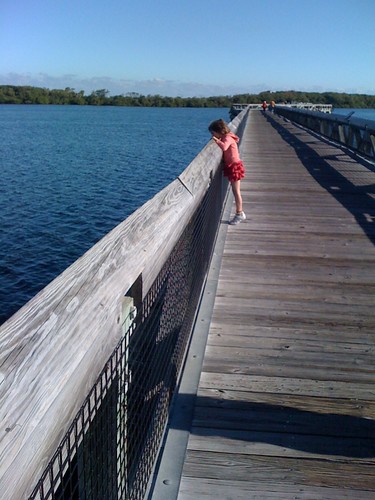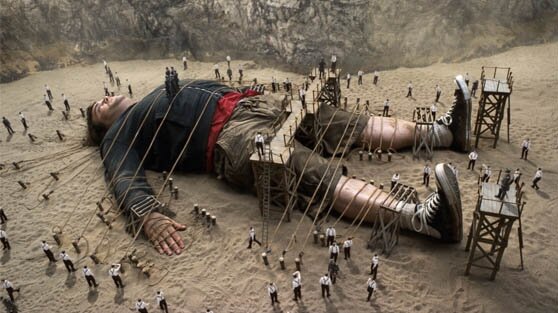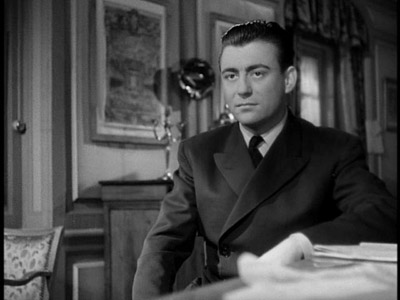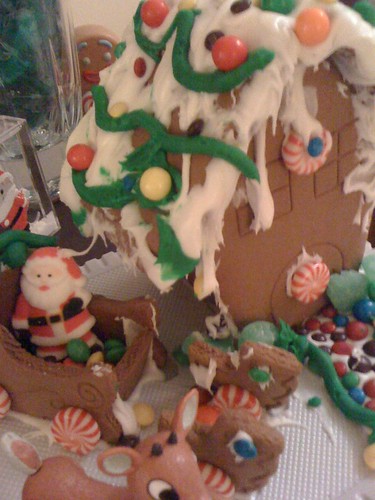
xoxoxo e



Possibly one of the reasons for the book's classic status is that it can be seen as many things to many different people. Broadly, the book has three themes:Our current generation doesn't seem very adept at satire. Attempts to make films about themes like the state of government or religious differences are usually done in a Serious with a capital "S" kind of way, annoyingly Oscar-baiting, and politically correct. A few satirical films come through from time to time, but usually are also the focus of heavy criticism as well, such as Borat
* a satirical view of the state of European government, and of petty differences between religions.
* an inquiry into whether men are inherently corrupt or whether they become corrupted.
* a restatement of the older "ancients versus moderns" controversy previously addressed by Swift in The Battle of the Books.
Je vous livre le secret des secrets. Les miroirs sont les portes par lesquelles la mort vient et va. Du reste, regardez-vous toute votre vie dans un miroir, et vous verrez la mort travailler, comme des abeilles dans une ruche de verre.
[I am letting you into the secret of all secrets, mirrors are gates through which death comes and goes. Moreover if you see your whole life in a mirror, you will see death at work, as you see bees behind the glass in a hive.]Heurtebise, Death's chauffeur, speaks those words to Orpheus. He knows what he's talking about, as he is no longer alive—a suicide who knows what he has lost. The movie is interesting in that it retells the story of Orpheus and Eurydice, but doesn't focus exclusively on them. Heurtebise is probably the most poignant character in the film, but each character is given a depth, a gravity, that many modern films lack. At different times the viewer will connect with Heurtebise, Orpheus, Euridice, the young poet Cégeste, who was Orpheus's rival, and even Death herself.


Cocteau adds many elements from the culture of his time. For example, the messengers of the Princess of Death are grim, leather-clad motorcyclists. The underworld is represented by buildings in France which remained in ruins after World War II, and Orpheus's trial in the underworld is presented in the manner of an inquest held by officials of the German occupation attempting to discover members of the French resistance. At the very end of the film, the Princess and Heurtebise are prisoners, brought forward to face the tribunal, ominously elevated on a pedestal above them.—WikipediaIt's interesting to ponder that love gets even more complicated after you die ... Heurtebise, as he watches Orpheus stupidly lose Euridice the first time observes wryly,
I am delighted that I am no longer alive.Cocteau must have been feeling generous, as he is much more into depicting love conquering all in his telling of the myth.
I wanted to touch lightly on the most serious problems, without idle theorizing. So the film is a thriller which draws on myth from one side and the supernatural from the other. ... I have always liked the no man’s land of twilight where mysteries thrive. I have thought, too, that cinematography is superbly adapted to it, provided it takes the least possible advantage of what people call the supernatural. The closer you get to a mystery, the more important it is to be realistic. Radios in cars, coded messages, shortwave signals and power cuts are all familiar to everybody and allow me to keep my feet on the ground. ...
The three basic themes of Orphée are:
1. The successive deaths through which a poet must pass before he becomes, in that admirable line from Mallarmé, tel qu’en lui-même enfin l’éternité le change—changed into himself at last by eternity.
2. The theme of immortality: the person who represents Orphée’s Death sacrifices herself and abolishes herself to make the poet immortal.
3. Mirrors: we watch ourselves grow old in mirrors. They bring us closer to death.—Cocteau on Orphée, from The Criterion Collection
L'Ange Heurtebise
Angel Heurtebise on the steps
Beats me with his wings
Of watered silk, refreshes my memory,
The rascal, motionless
And alone with me on the agate
Which breaks, ass, your supernatural
Pack-saddle.
II
Angel Heurtebise with incredible
Brutality jumps on me. Please
Don't jump so hard,
Beastly fellow, flower of tall
Stature.
You've laid me up. That's
Bad manners. I hold the ace, see?
What do you have?
III
Angel Heurtebise pushes me;
And you, Lord Jesus, mercy,
Lift me, raise me to the corner
Of your pointed knees;
Undiluted pleasure. Thumb, untie
The rope! I die.

IVCocteau seems to be wrestling with a far less gentle Heurtebise in his poem than the character who tries to guide both Eurydice and Orpheus between both worlds in the film.
Angel Heurtebise and angel
Cegeste killed in the war—what a wondrous
Name—play
The role of scarecrows
Whose gesture no frightens
The cherries on the heavenly cherry trees
Under the church's folding door
Accustomed to the gesture yes.
V
My guardian angel, Heurtebise,
I guard you, I hit you,
I break you, I change
Your guard every hour.
On guard, summer! I challenge
You, if you're a man. Admit
Your beauty, angel of white lead,
Caught in a photograph by an
Explosion of magnesium.






... a fan of the original and collector of Wolf Man memorabilia in the lead role. Screenwriter Andrew Kevin Walker was attached to the screenplay, developing the original film's story to include additional characters as well as plot points that would take advantage of modern visual effects. Del Toro also looked towards Werewolf of LondonNo matter his Wolfman fandom, his method/interior work style of acting was not a good fit for this monster flick. As I was watching him suffer, maybe it was the Danny Elfman music, but I suddenly thought, "Too bad that he and Johnny Depp couldn't have changed places." Depp would have been well-suited, I think, to this role. He would have been better able to emotionally connect with Blunt and the audience as man and beast. And Del Toro would make a fabulous Barnabas Collins. He might even temper the wackadoodle collaborative thing Tim Burton's got with Depp. I have real fears for the upcoming Dark Shadows.and The Curse of the Werewolf
for inspiration.—Wikipedia
[According to] Rick Baker [who] created the make-up for The WolfmanI'm not sure that's anything to brag about. Isn't the underlying werewolf myth all about transformation, from a man into an animal, into our basest desires? Categorizing Benicio as uber-hairy is overstating it. He's dark-haired and swarthy, maybe.... Going from Benicio to Benicio as the Wolf Man isn't a really extreme difference. Like when I did An American Werewolf in London, we went from this naked man to a four-legged hound from hell, and we had a lot of room to go from the transformation and do a lot of really extreme things. Here we have Benicio del Toro, who's practically the Wolf Man already, to Benicio del Toro with more hair and bigger teeth.—Wikipedia
